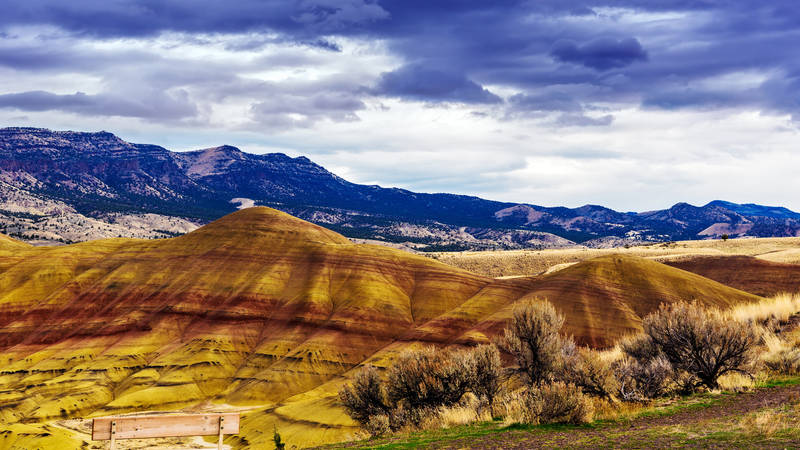Statement by NPCA Southwest Senior Regional Director David Nimkin
“The National Parks Conservation Association (NPCA) congratulates the BLM and all of the stakeholders in the Moab Master Leasing Plan process on the release of its first set of proposed alternatives. We believe that the alternatives illustrate why the Master Leasing Plan effort is so important – to ensure an open and transparent process to create a reasonable balance between energy development and the protection of our national parks.
“Alternatives B1, B2, and C appear to demonstrate varying degrees of this critical balance. Alternative C seems to provide the most protection for the values of conservation and recreation in the national parks and the entire shared landscape. This alternative, while not perfect, provides the best protection for Arches and Canyonlands National Parks and the vibrant economies they support.
“We do, however, take issue with Alternative A, the ‘no action’ plan. This alternative would leave the parks vulnerable to the potential of uncontrolled oil and gas and potash development with little or no regard for the scenic, ecological and recreational values of Arches and Canyonlands National Parks.
“The Moab MLP is not simply an exercise in economics versus conservation, but rather strives to provide balance for two robust economies. Arches and Canyonlands are critical economic drivers for the local economy of Moab and other gateway communities. The thousands of local jobs they produce are not subject to the same kinds of booms and busts that have long plagued the oil industry. National park jobs can’t be exported, and the parks will remain a steady source of outside dollars, as long as their beauty and the experience of visiting them is protected.
“As the final draft of the Moab MLP is developed, it is absolutely critical that the BLM continue to seriously weigh the many non-drilling uses of this landscape, including the protection of the ecological, geological, recreational, scenic and economic attributes of these neighboring national parks. We look forward to continuing to play a role in this collaborative process.”
###
About National Parks Conservation Association
Since 1919, the nonpartisan National Parks Conservation Association (NPCA) has been the leading voice in safeguarding our national parks. NPCA and its more than one million members and supporters work together to protect and preserve our nation’s natural, historical, and cultural heritage for future generations. For more information, visit www.npca.org.
For Media Inquiries
-
General
-
- NPCA Region:
- Southwest
-
Issues


